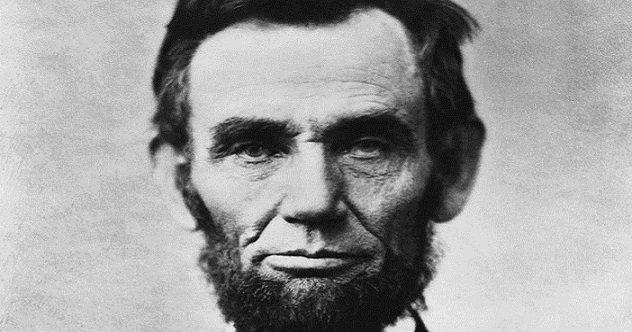Now Reading: 10 Metal Controversies That Shook the Music World
-
01
10 Metal Controversies That Shook the Music World
10 Metal Controversies That Shook the Music World

Swift Summary
- Ozzy osbourne Bat Incident (1982): Mistook a real bat for a toy on stage and bit its head off, sparking outrage and enhancing his “Prince of Darkness” persona. He received rabies shots afterward.
- Marilyn Manson and Columbine backlash (1999): Wrongly scapegoated for influencing the Columbine shooters; sparked debates about the role of media in societal issues.
- PMRC’s “Filthy Fifteen” List (1980s): Targeted heavy metal songs for being offensive, leading to Senate hearings on censorship and the introduction of “Parental Advisory” labels.
- judas Priest Subliminal Message Lawsuit (1990): Accused falsely of embedding hidden messages in a song allegedly causing suicides; highlighted hysteria over “Satanic Panic.”
- mayhem Band Scandals: Involved suicide, graphic imagery, murder within band members – all contributing to Norwegian black metal’s notoriety.
- Vince Neil Manslaughter Case (1984): Hanoi Rocks drummer killed in drunk-driving accident; Neil served only 15 days from a 30-day sentence,raising concerns about celebrity privilege.
- Metallica vs Napster Lawsuit (2000): Challenged music-sharing platform over piracy issues but faced backlash from fans accusing them of greed and hypocrisy. Contributed to Napster’s demise in its original form.
- Phil Anselmo’s Racist Gesture Incident (2016): Widely condemned nazi salute at Dimebash concert prompted discussions on racism in the metal community after troubling past behaviour resurfaced.
- Black Sabbath’s Satanic Panic Legacy: Faced religious backlash during early ’70s due to dark lyrical themes wrongly interpreted as promoting satanism; shaped perceptions around metal rebellion culture.
- Lemmy Kilmister’s Nazi Memorabilia: Motörhead frontman defended collection as historical interest but drew controversy linking provocative symbolism with sensitive material.
Indian Opinion Analysis
The controversies listed underline heavy metal’s complex relationship with provocation while demonstrating society’s shifting sensitivities toward themes like violence, rebellion, occultism, race relations, and morality. These incidents highlight broader cultural phenomena wherein art becomes implicated during societal crises-from moral panics to tragedy scapegoating.
For India-a country evolving rapidly both culturally and digitally-such controversies serve as cautionary tales amid growing global connectivity. The Metallica-Napster battle particularly resonates as digital platforms increasingly impact music consumption locally amidst intellectual property concerns. Similarly,public discourse around racist imagery or problematic provocations mirrors heated discussions around cultural identity within Indian cinema or art spaces.As India balances artistic freedom with preserving shared values under growing globalization pressures-these historic moments offer valuable insights into managing boundaries between creative expression versus societal accountability without arbitrariness. Neutral dialogues remain essential when navigating such intersections locally or globally within dynamic communities prioritizing inclusivity alongside artistic innovation.






















